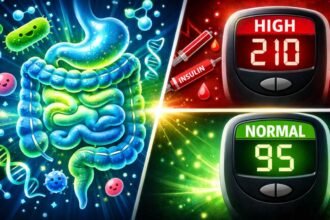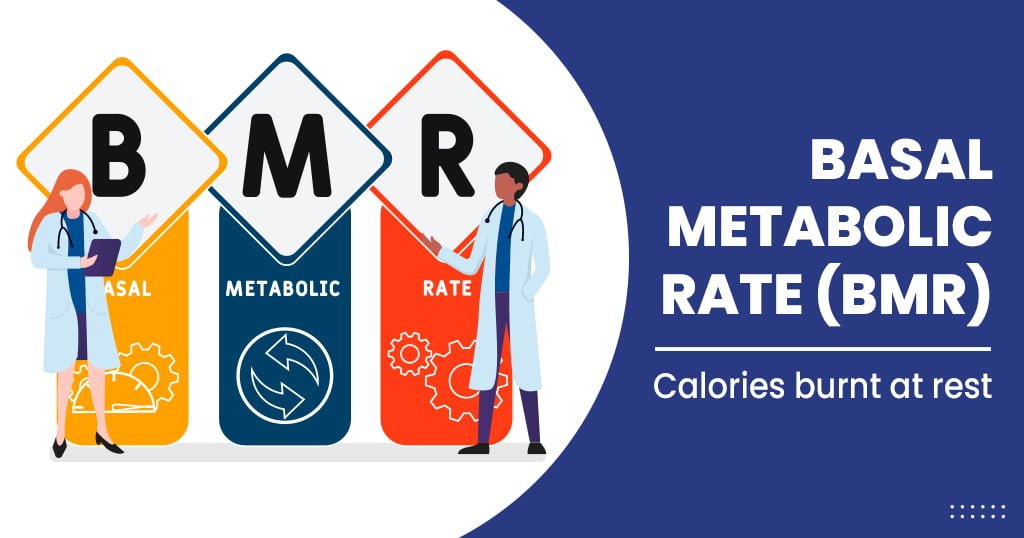Protein shakes have become increasingly popular among health-conscious individuals looking to build muscle, lose weight, or simply increase their protein intake. But are these protein-packed drinks actually good for you? Here’s a comprehensive look at the health effects of protein shakes.
What Are Protein Shakes?
Protein shakes are beverages made by blending protein powder with water, milk, or other liquids. The protein powder is typically derived from whey, casein (milk proteins), eggs, soy, rice, pea, or hemp.
Each serving of a protein shake provides 15-50 grams of protein along with varying amounts of carbohydrates, fats, vitamins, and minerals depending on the ingredients used.
The most popular time to consume protein shakes is after a workout to help muscles recover and grow. But they can also be used as meal replacements or snacks to boost daily protein intake. Protein shakes come ready-made or can be assembled from ingredients at home.
Benefits of Protein Shakes
Here are some of the top evidence-based health benefits associated with protein shakes:
1. Build Muscle and Strength
Numerous studies show that ingesting 20-50 grams of protein shortly after exercise stimulates faster muscle protein synthesis and growth compared to lower doses or carbohydrate intake alone. The high leucine content of whey and dairy proteins make them ideal for muscle building.
2. Improve Weight Loss
Replacing meals with protein shakes can help reduce daily calorie intake, leading to weight loss over time. Protein is also very satiating, meaning shakes keep you feeling fuller for longer than meals high in carbs or fat. One study found people who had a high-protein shake an hour before meals lost 65% more weight than those who didn’t.
3. Convenient Nutrition
Protein shakes provide an easy way to get 25-60 grams of high-quality protein on the go. This makes it convenient to meet protein needs, especially for busy individuals or athletes who may struggle to prepare high-protein meals and snacks daily.
4. Reduce Muscle Loss During Aging
Research shows that older adults who consume higher amounts of protein experience less age-related muscle wasting. Protein shakes provide an efficient way for seniors to get enough protein to preserve muscle mass and strength.
5. Lower Blood Pressure
Whey protein in particular may modestly reduce blood pressure levels. A review found people with pre-hypertension and hypertension saw an average blood pressure reduction of 4.9 mmHg from whey protein supplementation. The amino acids in whey protein may inhibit angiotensin-converting enzyme, which plays a role in blood pressure regulation.
Potential Drawbacks of Protein Shakes
Despite the many benefits, there are some potential downsides to consider when consuming protein shakes regularly:
1. High Calorie Count
The calories in a protein shake can range from 100-500+ calories depending on ingredients and serving size. Protein shakes made with milk, yogurt, nuts, seeds, nut butters, or fruit can become calorie-dense, so portion control is key. Those looking to lose weight should be mindful of total calories.
2. Nutritional Deficiencies
Since protein shakes often replace meals, they may lead to deficiencies in fiber, vitamins, minerals, phytochemicals, and antioxidants over time if the rest of the diet is not balanced. Variety in whole food sources is key.
3. Additives
Ready-made protein shakes may contain excessive added sugars, artificial sweeteners, artificial flavors, hydrogenated oils, high fructose corn syrup, and other questionable additives. Check labels and opt for shakes with clean ingredients.
4. Digestive Issues
Some people, particularly those sensitive to dairy, experience bloating, gas, cramping, or diarrhea when consuming whey or milk-based protein shakes. Plant-based options are easier to digest for these individuals.
5. Harmful Metals
Certain plant proteins like rice and pea protein have been shown to contain traces of heavy metals like arsenic, cadmium, lead, and mercury. Look for brands that source from areas with low heavy metal levels in soil.
6. Hormone Imbalances
Soy protein contains compounds called isoflavones that mimic estrogen in the body. Consuming large amounts of soy protein long-term may negatively impact hormones, especially in men. Variety is key.
Who Should Not Consume Protein Shakes?
While protein shakes are safe for most healthy adults, the following groups should exercise caution with intake:
- Pregnant or breastfeeding women – excess protein may harm baby. Maximum 25 grams per shake.
- Teenagers – excess protein strains kidneys and hormones still developing. Maximum 25 grams per shake.
- Those with kidney disease – excess protein taxes kidneys. Consult a doctor on intake.
- Those taking blood pressure medication – may enhance drug’s effects. Monitor blood pressure.
- Anyone with food allergies – avoid shakes with problematic ingredients like milk, soy, etc.
How to Select a Healthy Protein Shake
Follow these tips to choose a protein shake that offers maximum nutrition:
- Pick shakes with 20-30 grams of protein per serving – ideal for building muscle and satisfying hunger.
- Lean towards whey, casein, or egg protein – absorbed quicker and contain more muscle-friendly leucine than plant proteins.
- Select shakes low in sugar – aim for under 5g added sugar and avoid artificial sweeteners.
- Check the ingredient list – opt for all-natural components like milk, nuts, cocoa, etc. Avoid anything artificial.
- Choose shakes without unnecessary junk – many contain maltodextrin, corn syrup solids, hydrogenated oils, and other fillers.
- Consider making shakes at home – take control over ingredients for a healthier, more customizable shake.
- Buy unflavored protein – natural flavors like cocoa, fruits, and peanut butter taste better and are more nutritious.
- Rotate protein sources – for variety and to prevent potential nutrient excesses or deficiencies from single proteins.
Healthy Homemade Protein Shake Recipes
One of the healthiest ways to incorporate protein shakes into your diet is to make them fresh at home. Here are two nutritious shake recipes to try:
1. Post-Workout Recovery Shake
- 1 scoop (25g) whey protein powder
- 1 cup unsweetened almond milk
- 1 banana
- 1 cup frozen blueberries
- 1 Tbsp almond butter
- 1 tsp cinnamon
- Blend all ingredients until smooth. Provides carbohydrates and antioxidants to replenish muscle glycogen stores.
2. Meal Replacement Shake
- 1 scoop (25g) egg white protein powder
- 1 cup spinach
- 1 cup unsweetened coconut milk
- 1 Tbsp chia seeds
- 1 Tbsp cacao nibs
- Blend all ingredients until smooth. Nutrient-dense whole food ingredients provide balanced meal.
The Bottom Line on Protein Shakes
Protein shakes can be a quick, convenient way to increase protein intake and potentially offer benefits like improved body composition, blood pressure levels, muscle retention during aging, and weight management.
However, they should be consumed sensibly and as part of an overall healthy diet to avoid any potential downsides.
Moderating intake, varying protein sources, and opting for nutritious whole food ingredients is ideal for maximizing health. For most people, protein shakes can be a smart dietary addition when used properly.
Here are some relevant references with URLs for the information provided in the article:
- Protein intake and muscle health in older adults: https://www.ncbi.nlm.nih.gov/pmc/articles/PMC6315740/
- Whey protein and muscle growth: https://www.ncbi.nlm.nih.gov/pmc/articles/PMC6213303/
- Protein shakes for weight loss: https://www.healthline.com/nutrition/protein-shakes-weight-loss
- Protein and satiety: https://www.sciencedirect.com/science/article/pii/S0924224414002386
- Protein timing for muscle building: https://www.ncbi.nlm.nih.gov/pmc/articles/PMC3402009/
- Whey protein and blood pressure: https://www.ncbi.nlm.nih.gov/pmc/articles/PMC6286066/
- Heavy metals in plant protein: https://pubs.acs.org/doi/10.1021/acs.jafc.8b02212












